Vincent Van Gogh is often seen as a vegetarian icon. But while it’s true that the Dutch painter, whose influential post-impressionist work only soared to fame after his death, wasn’t a huge fan of meat, records suggest that he likely adopted more of a flexitarian lifestyle.
Flexitarianism is hugely popular today. The lifestyle is predominantly vegetarian, but it does allow for the occasional consumption of meat and other animal products. But there are no hard and fast rules. Some people who identify as flexitarian may choose to only eat meat once or twice a month, while others may choose to eat it once or twice a week.
In 2022, research from Beneo GmbH analyzed more than 12,000 consumers across 10 countries and found that around one in four consumers identify as flexitarian. This means that, right now, the lifestyle is far more common than veganism or vegetarianism, and is one of the biggest drivers of the plant-based market.
Table of Contents
Was Van Gogh a flexitarian?
When Van Gogh was alive, the word flexitarian didn’t exist, and neither did the word vegan. In fact, the word vegetarian had only just been invented (in 1847, in England). But most people did follow a flexitarian diet, only it wasn’t for the animals or the planet like it is today. Back then, it was largely out of necessity. In the Victorian era, poor families could generally only afford staples like bread, oats, and potatoes, for example, and meat was a luxury.
Van Gogh—whose most famous works of art include his self-portrait, as well as The Starry Night, The Potato Eaters, and Vase With Fifteen Sunflowers—wasn’t from a poor background. He was actually born into an upper-middle-class family and was supported by his brother, Theo, for most of his life. But that said, he didn’t have a huge amount of disposable income due to the fact that painting supplies were expensive. “He usually used up most of his money buying what he needed, leaving little left for food and drink,” notes the Van Gogh Museum.
So he, too, survived on a frugal diet, consisting mainly of bread (as well as coffee, and a lot of cigarettes). But there was a key difference between Van Gogh’s attitude to food and many other members of society at the time. When it came to meat, it seems that Van Gogh intentionally abstained, research suggests, on ethical and health grounds. And it’s this intention that brings him in line with many of the conscious flexitarians in society today, who actively choose to forgo animal products regularly for environmental and health reasons.
Van Gogh’s self-portrait | Unsplash
According to YouGov, more than half of American adults who follow a flexitarian diet do so because they believe it is a healthier option. In letters written to his brother, Van Gogh seems to display a similar attitude: that meat isn’t really necessary for health.
Per the Van Gogh Museum’s letter archives, in 1882, Van Gogh told his brother Theo that his muse and lover Sein Hoornik, who had recently given birth, had been given a list of recommendations by a professor to help her recover, some of which involved dietary recommendations. He wrote that while he would honor the advice, he didn’t think eating that much meat was necessary. “Meat is good for her, but once or twice a week is actually enough,” he said to Theo. “It certainly isn’t required every day.”
In another letter written to Theo in 1888, he advises his brother, who was often sickly (and likely suffering from syphilis at this point), to eat plenty of bread to keep his strength up. Again, he implies that he should avoid eating excessive amounts of meat.
“I believe it can do no harm to have a relatively strong body, so take care to eat enough, and if occasionally you’re terribly hungry, or rather have a terrible urge to eat, be sure to eat well,” he says. “I assure you that I also do it often enough and above all, have done. Especially bread, I believe, old boy, don’t hesitate. ‘Bread is the staff of life,’ as the English say (although they also have a taste for meat, and even much too much of it in general).”
Abstaining from meat has health benefits today, but Van Gogh was no health icon
Eating less meat was unlikely to help Theo’s syphilis, but Van Gogh was ahead of his time in his belief that eating a lot of meat wasn’t necessarily healthy. Now, more than a century after his death in 1890, a growing body of research suggests that meat-heavy diets, particularly those high in processed meats and red meat, can increase the risk of chronic diseases like heart disease and cancer.
These letters aren’t the only evidence we have that Van Gogh wasn’t a huge fan of eating meat regularly. P.C. Görlitz, one of Van Gogh’s former roommates, once wrote of his time with the artist: “In the afternoon, at the table, the three of us would eat with the appetite of famished wolves; not he, he would not eat meat, only a little morsel on Sundays, and then only after being urged by our landlady for a long time.”
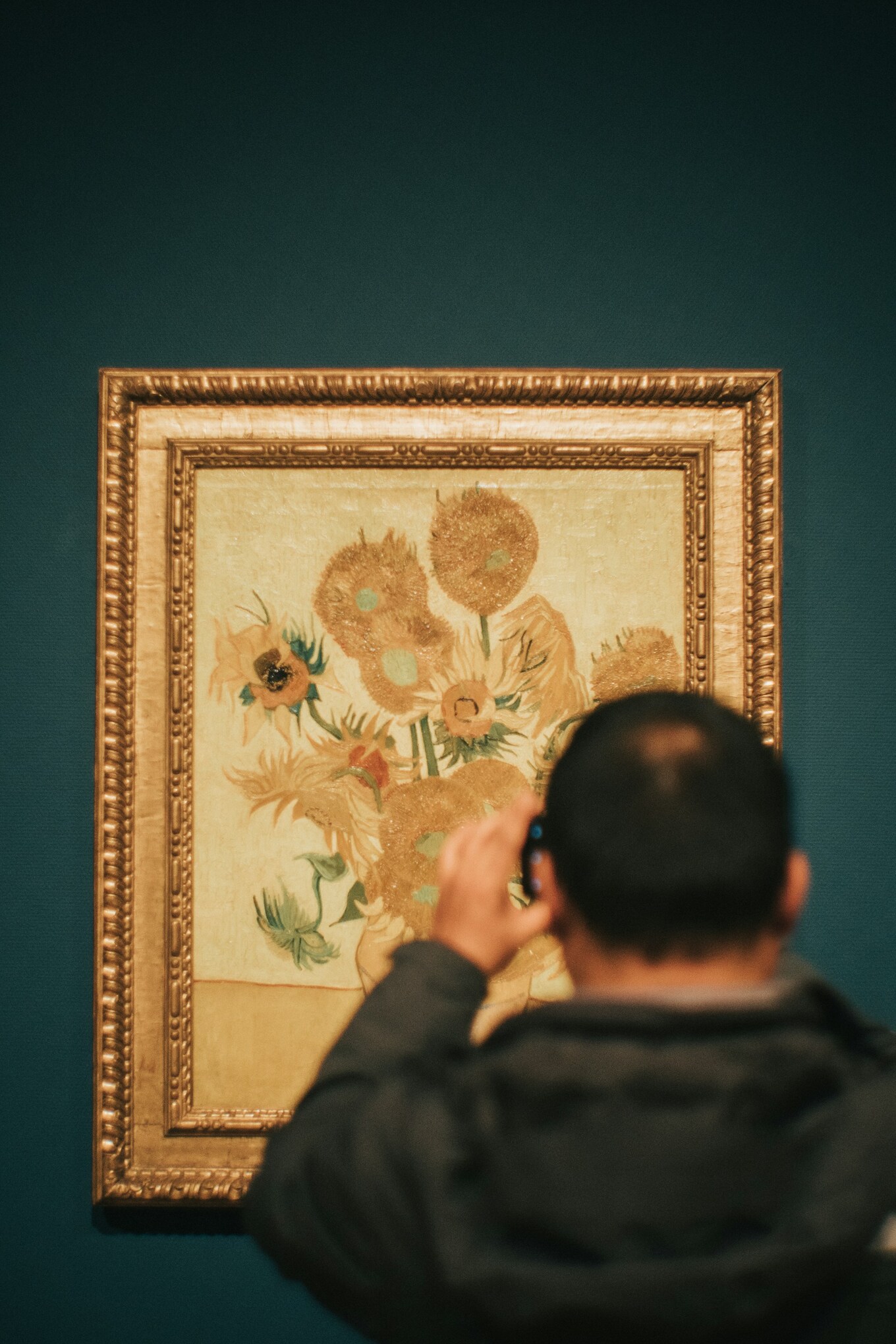 One of Van Gogh’s most famous works is a painting of a vase of sunflowers | Unsplash
One of Van Gogh’s most famous works is a painting of a vase of sunflowers | Unsplash
“Four potatoes with a suspicion of gravy and a mouthful of vegetables constituted his whole dinner,” he continued. “To our insistence that he make a hearty dinner and eat meat, he would answer, ‘To a human being physical life ought to be a paltry detail; vegetable food is sufficient, all the rest is luxury.’”
While his beliefs about meat might hold up in terms of today’s understanding of food and health, it is important not to hold Van Gogh up as the pinnacle of health. Research suggests that as well as meat, he didn’t eat a whole lot of anything at all. He also suffered from a lifetime of stomach upsets and digestive issues, on top of his many other health struggles.
But some quotes attributed to the artist also hint that his abstinence from regular meat consumption might not have been all about health. He is often credited with writing, “Since visiting the abattoirs of S. France I have stopped eating meat,” to Theo, which hints at potential moral concerns over meat consumption, although this letter doesn’t seem to be present in the Van Gogh Museum’s online archives.
But the evidence that we do have is clear: Van Gogh intentionally abstained from eating meat regularly, and he didn’t believe it was necessary for human beings to eat huge amounts of animal protein. The evidence now backs up his point of view, and if he was alive today, it’s fair to assume that if he didn’t choose to be vegan or vegetarian, he would have likely joined the millions of people around the world who now choose to identify as flexitarian.


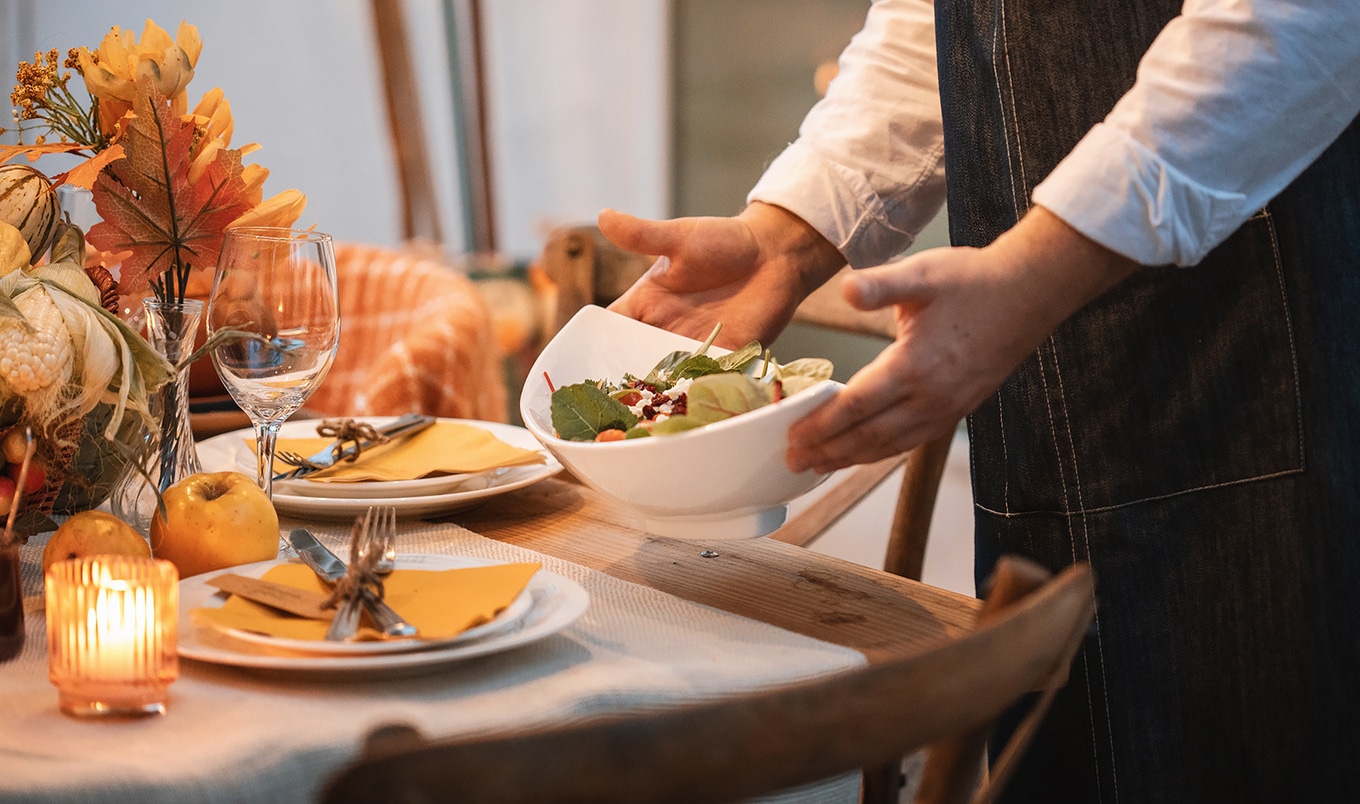
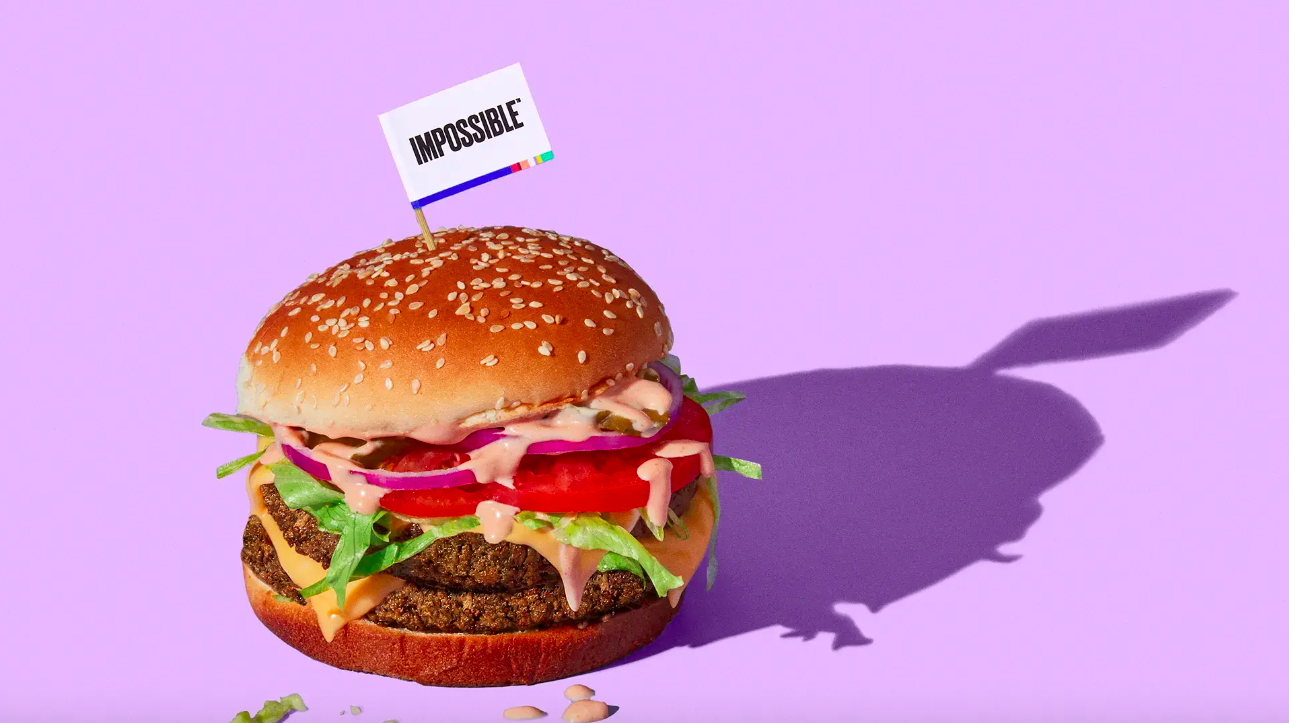
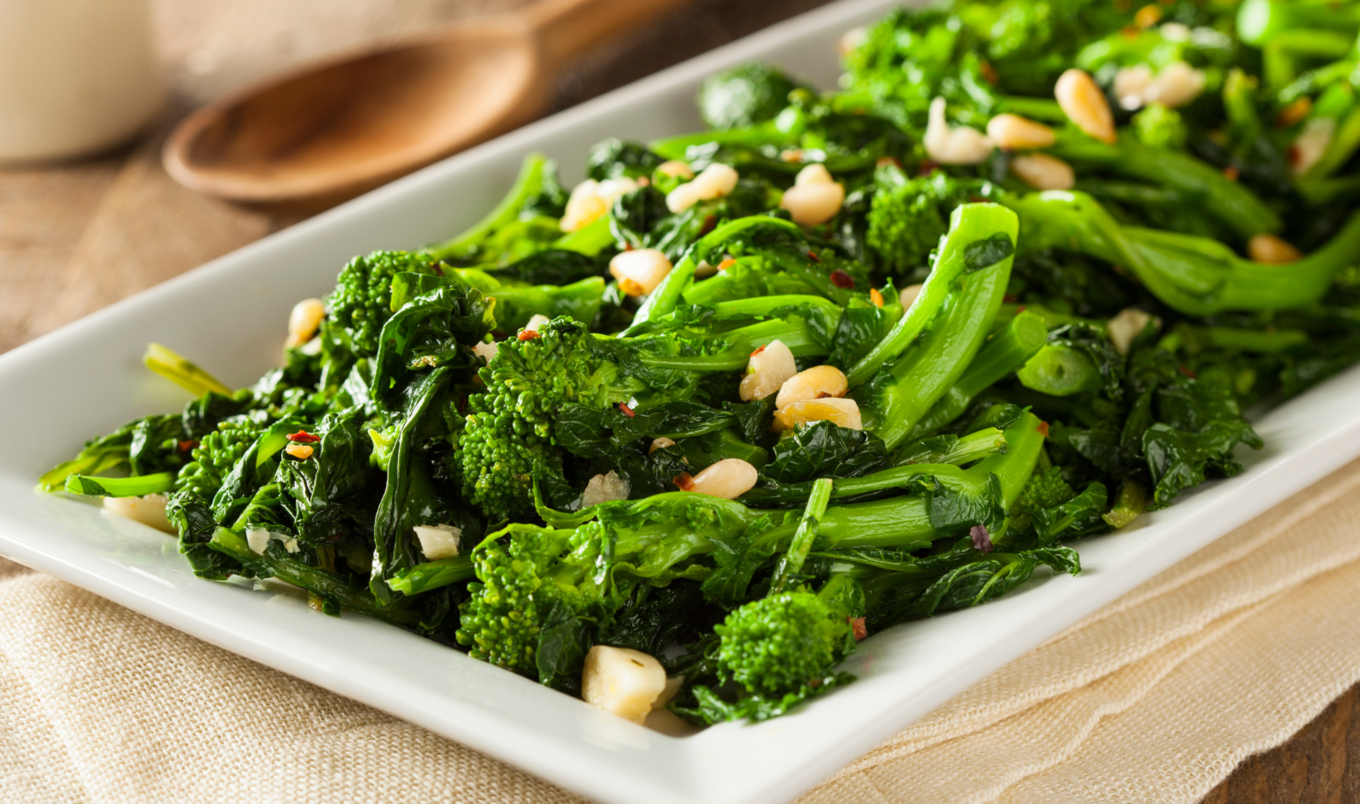
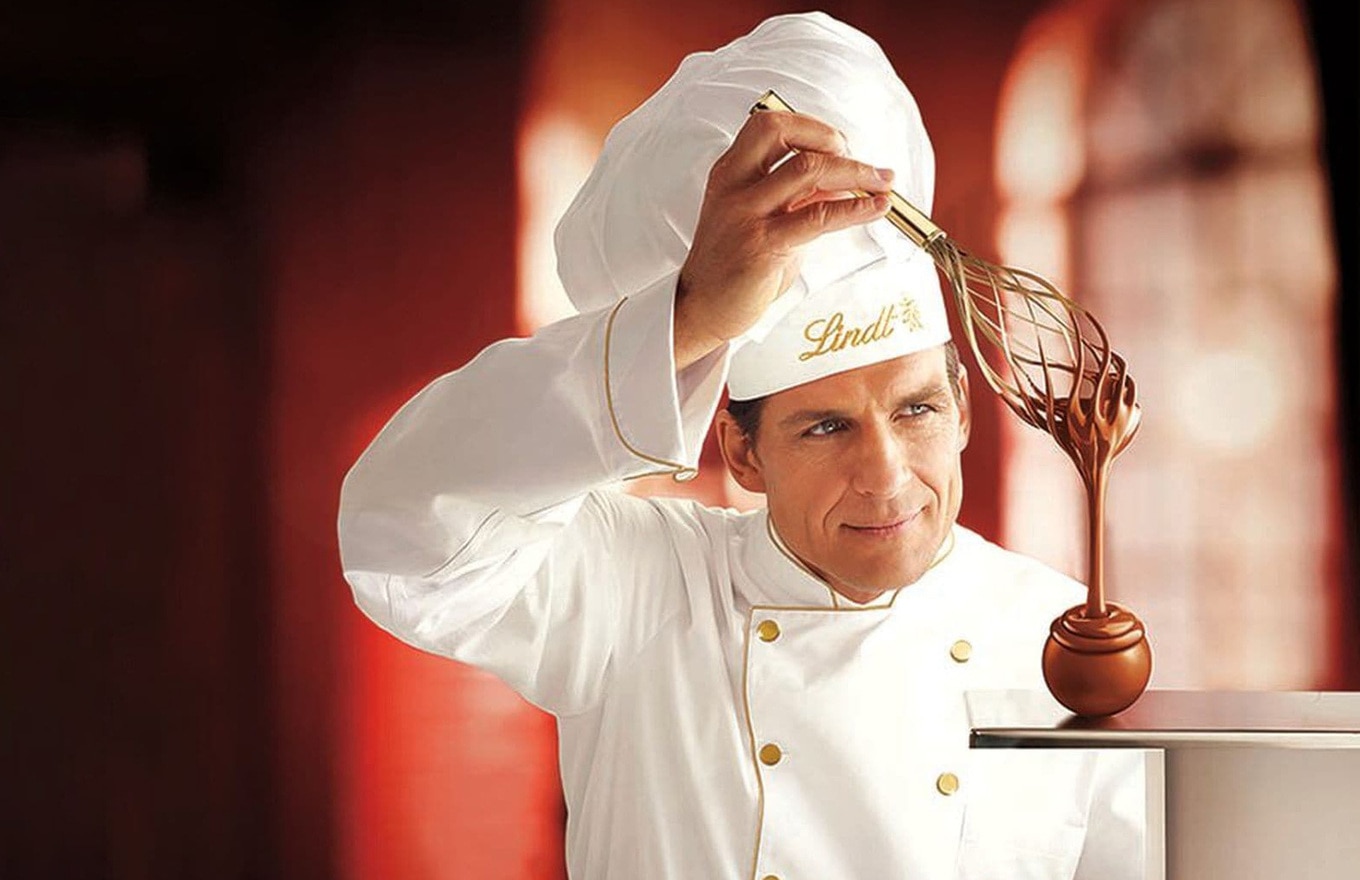

.jpg?sha=1491c255b49d3e03)